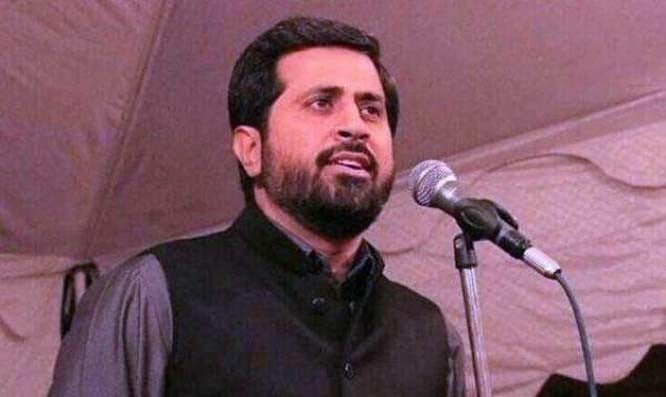
The Voice of Punjab appears to be a broad-based and neutral idea to celebrate music and singing, and should be welcomed as such

With the combined effort of the various Arts Councils in the province, a programme ‘Voice of Punjab’ is to be launched pretty soon.
The purpose of the programme is to create opportunities across the province by offering a platform for musicians and singers. As proposed, whosoever desires will be given a chance to perform. These performances will be judged, and then those selected will be elevated to another level of performance. Through these gradations, the chosen will reach the semi-finals and then finals, and the probable "Voice of Punjab" will be the title given to the ultimate winner.
It is said in a press release that these programmes will be telecast live for a much larger audience on PTV to seek melodious voices; it is also said that its revenue will be equally divided between the information and culture department and PTV. This trend actually started in the West but here it caught on with the Indian channels where both the number of participants was large and the audiences were huge. Such programmes became famous, and those from the Indian channels became household names. It appears that our institutions, towing the line, have also been following the trend.
This appeared to be the last decision that the former minister of information may have taken before he was forced to resign. On the surface, the decision appears to be a positive initiative unless some blunders are made in the execution of the programme. It will give people, especially the younger generation, to come forth and express themselves, and in the process get discovered as a potential to be worked on later.
But not all the decisions were as positive or neutral as this one. Since he became the information head honcho of the province, the entire effort had been to wean on the state-run organisations to a very narrow definition of culture which is very closely allied to the nationalistic and religious fervour.
The two plays that were expressly made on his orders Sipai Maqbool Hussain and Hum Sub Aik Hain were prime examples of the propagation of this narrow understanding of what art means or is supposed to be.
Both the plays were very simplistic renditions of the idea of patriotism. One has to distinguish between nationalism and patriotism for a clearer understanding. Nationalism may perhaps stands for a broader and more generalised comprehension of the land, being the primary source of the vital cultural inputs that constitute the wherewithal of the people who belong there. Patriotism, on the other hand, is a one-dimensional, unequivocal devotion to a political entity embodied within definite territorial limits.
There is much that can be played around the various ingredients of culture like heritage, language, the belief system as practised, the expression in the higher arts, eating and drinking habits and couture. The various mixes in their various proportions can be the hunting ground for the artiste, and this can offer many openings and chances of combinations and permutations. These form the value structures where the emphasis can change the entire complexion of the good and evil, the beautiful and vulgar. This also determines the aesthetic dimension in its entirety.
In other words, even the idea of nationalism can be a treated as a living entity always engaging with the individual and the collective. Patriotism, on the other hand, is very narrowly defined and specific, what can be thought of in a clear line that demarcates loyalties, and hence the idea of absolute right and wrong.
Ambiguity is an essential part of artistic expression by offering a playground of choices for debating various options. These options can be placed in various perspectives, hence appearing in a different light and yielding to more complex renderings.
With a nationalistic perspective, the resolution is in choosing between options, while in patriotism it is to be always saddled with a lack of choice that often results in glorification of the value of supreme sacrifice being the ultimate goal to achieve. In a territorial context, the making of supreme sacrifices for the country remains beyond reproach and can be instrumental in promoting the cause of unity within a certain territorial limit.
The line that divides patriotism from jingoism and chauvinism is very tenuous, and one can see the two or the three being read as one. In an age that is becoming increasingly obsessed with "this is mine so keep your hands off it, or don’t tread on my territory, this is my race, my ethnicity, my religious denomination, my gender, you have no right to say anything about it" this feeds well into this matrix.
But it appears that the minister became a casualty of that fervour, that one dimensional understanding of right and wrong when he raided the so-called "wrong" with his self-righteous weaponry. One swallow does not a spring make, and so much needs to be corrected to be rise above the self-certainty that is sweeping to take over everything.
It would be far better if the arts councils, for instance, are allowed to function on their own, without any intervention from the authorities and powers-that-be. These days, the distinction between state institutions and those run by the government is also getting fuzzy. In principle, these institutions should stay the course of promoting the culture of the people without the perils of tendentiousness attached to it. The Voice of Punjab appears on the surface to be broad-based and neutral enough, and so should be welcomed.